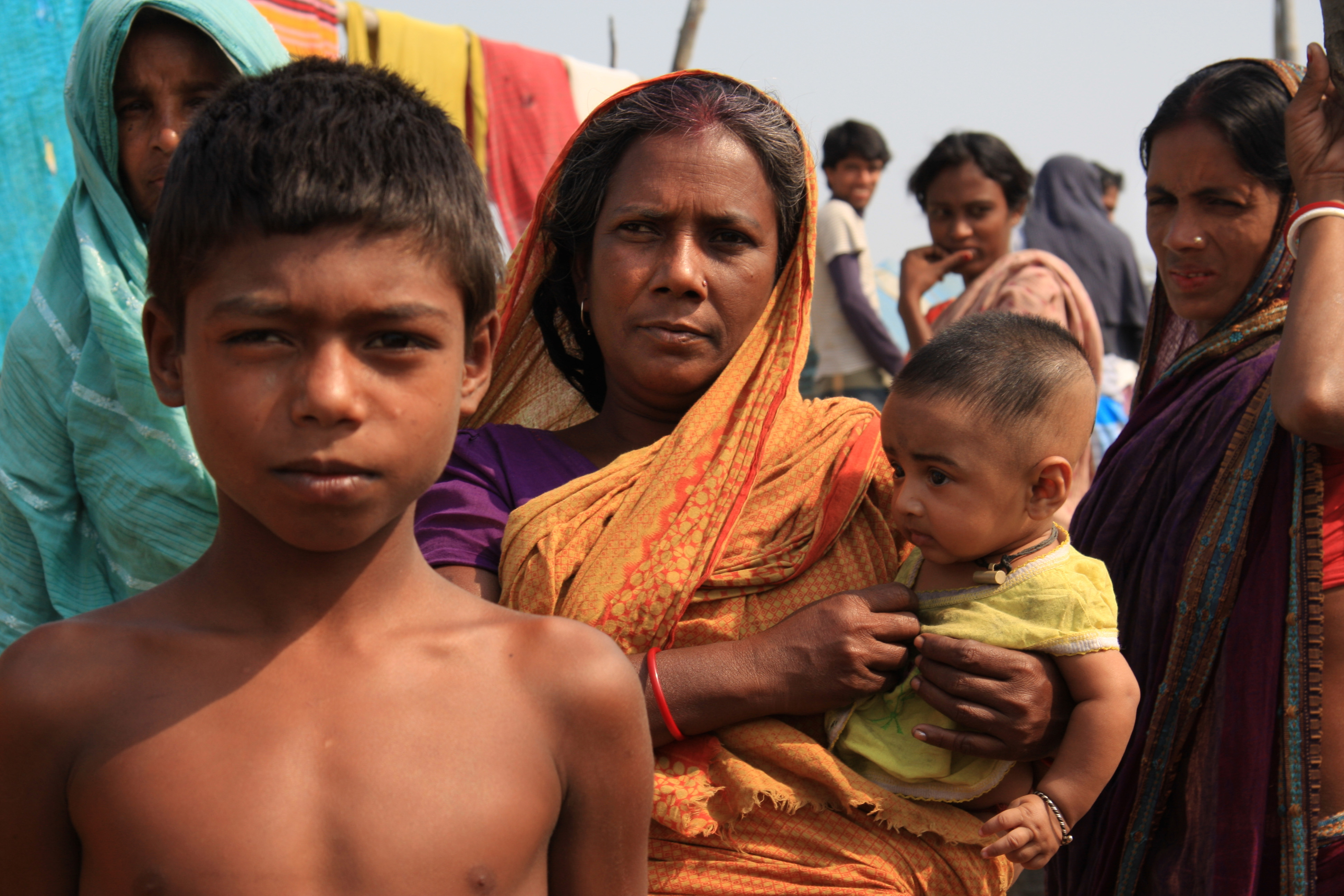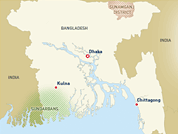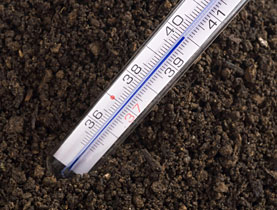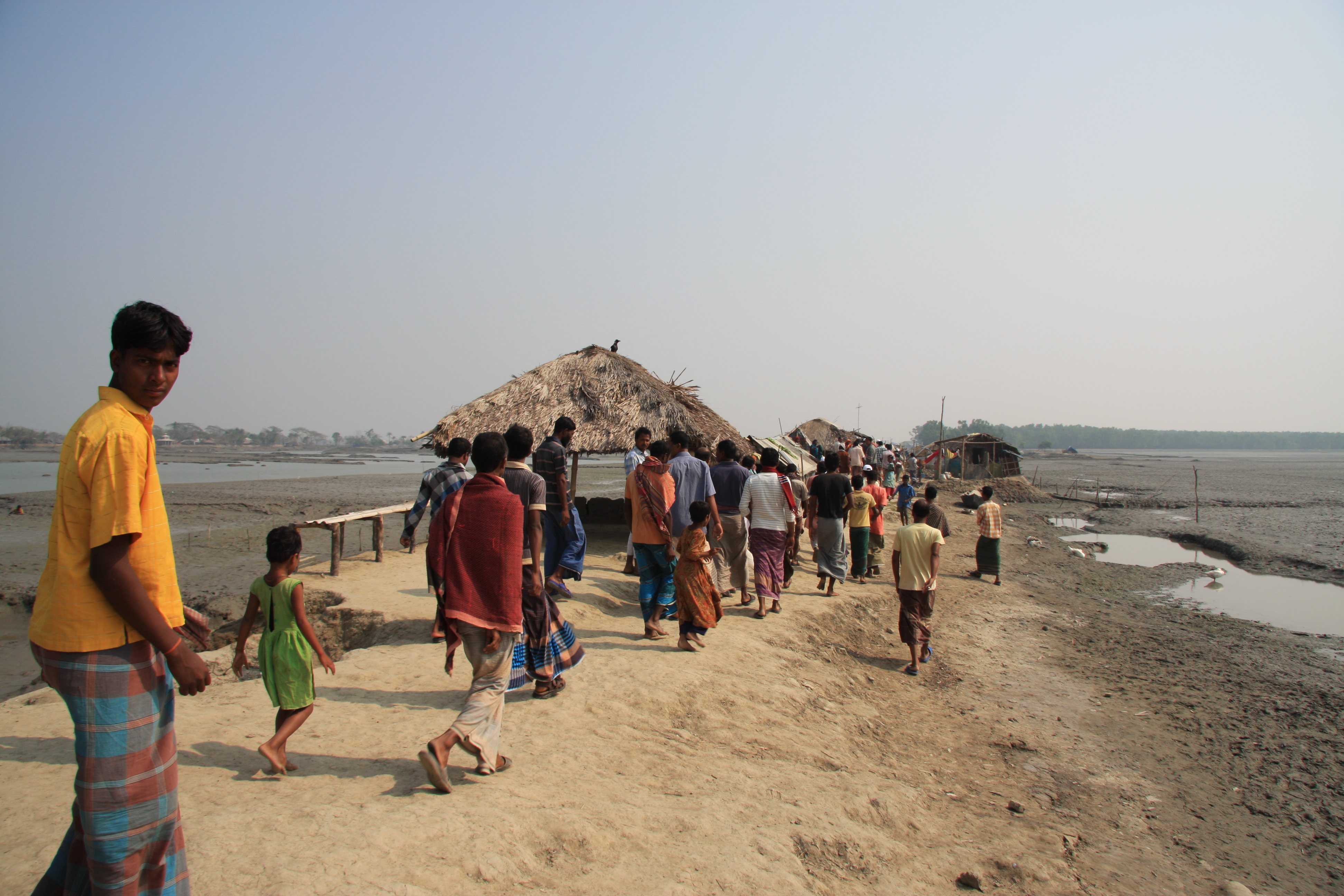Changing climate changing lives in Bangladesh

On the edge of the world’s largest mangrove forest, people in Bangladesh’s southern Satkhira district watch their changing climate with resignation and fatalism.
High tides are getting higher and storms are stronger, villagers say. “We have found a lot of changes in the past 15 to 20 years, especially the water going up,” says Antu, a primary school teacher. “Now, we need to raise our old road.”
In May, Cyclone Aila roared through his village of Jhapa and others in the region, damaging thousands of homes and displacing millions.
Just south, the Sundarbans, a tract of protected mangroves stretching into India, are a natural buffer between the region and the Bay of Bengal. Aila nevertheless caused rivers to break through their embankments, washed away fish and shrimp farms and brought more salt water into delicate rice paddies.
Antu’s home was damaged to the tune of nearly 70,000 Taka, which is around SFr1,000 ($1,000). Most of the people in the village live in mud huts with tin roofs. Some make do with tarp-covered bivouacs. The Hindu temple was spared.
Some of the 700 families here are thinking of quitting the place.
Staying put
They’re not keen to have their lives washed away again but for now, they are staying. They will be getting to work through a programme offered by the Swiss Agency for Development and Cooperation (SDC).
The Swiss are offering each household 15,000 Taka (SFr225) to invest in income-generating activities like shrimp farming and fishing.
“You have to make communities, especially poor communities, resilient to deal with climate change,” says Urs Herren, Bern’s ambassador to Dhaka. Herren also heads the SDC’s office in the country.
Bangladesh is one of the SDC’s priority countries and one of eight nations in which the SDC is mainstreaming activities to reduce the economic loss of natural disasters.
“Climate change adaptation is rather new as a topic,” he told swissinfo.ch. “The way it is discussed now wasn’t there three or four years ago.”
The SDC formed its current cooperation strategy with a traditional focus on poverty, sponsoring activities including crop diversification, skills development, improved local governance and access to markets for rural people.
Embankments
Villagers get around by walking on mud embankments, which dry to a brick-like hardness under the hot sun. The embankments also divide up and protect the rice paddies and shrimp farms. They elevate their communities by packing down mud, building up a little more each year.
When Aila’s storm surges washed over the embankments, it further altered the saline balance. The embankments don’t hold up as well when exposed to increases in salty water and can be more difficult to rebuild.
What Jhapa has right now is insufficient. The embankments are not properly reinforced and the top layer in many sections is still soft. In some cases, pieces have crumbled.
Rupantar, a Bangladeshi non-governmental organisation, will help the Swiss distribute the money. They are still trying to come up with a distribution point but the Swiss delegation is already cautioning villagers to be responsible with the money.
They can use it to rebuild a shrimp farm, buy a fishing boat or make another investment, but it’s meant to help them earn an income.
The final decision of where the money will end up is left to each household. The SDC says it is receiving a positive response to the approach, which it has pioneered.
Already rebuilding
The saline content in the water had already been increasing for two decades, says Rafiqul Islam, Rupantar’s co-founder. The drinking water from the well is salty now. More than a decade earlier, many people abandoned rice farming, focusing instead on salt water shrimp.
“When there was the paddy, there was a lot of activity for the poor people. Now when they started shrimp farming, it is a less labour-intensive activity,” Islam said.
“The money is really good for the farmer but for the day labourers, they have no jobs. Some people only have 100 days of work annually.”
Some people are already at work. On a day the Swiss toured the villages, men earning less than two dollars per day plodded away on the embankments, working by hand. They’re happy to be earning money.
“In most of the coastal areas, when the embankments fail, the local people are going under,” Islam said.
Justin Häne in Jhapa, Bangladesh, swissinfo.ch
This is the first of a three-part swissinfo.ch reportage on climate change in Bangladesh. While the world’s political elite debate climate policy in Copenhagen, we explore life on the ground in one of the world’s most vulnerable countries.
Bangladesh shares most of its border with India and a small section with Myanmar. The country’s population is more than 162 million.
It’s GDP per capita is around $520 but is growing. Poverty has been falling dramatically in the last decade.
The country is recognised as one of the most vulnerable to climate change in the world.
Rains during the monsoon season leave much of the country under water but the land in the south has been disappearing into the Bay of Bengal.
In November 2007, Cyclone Sidr hit Bangladesh, causing as many as 10,000 deaths and storm surges of up to three metres.
In May 2009, Cyclone Aila hit Bangladesh’s south, causing extensive flooding in the Sunderbans mangrove forest, which houses 265 endangered Bengal Tigers.
Bangladesh is one of the SDC’s 13 priority countries and receives SFr15 million in development aid each year.
The SDC’s current strategy for the country runs from 2008-2012, after which it will reviewed.
The SDC carries out activities through its own offices, with Swiss NGOs it funds, and with national civil society groups.
Its programmes focus on issues like sustainable land use, agroforestry, education, governance and the rehabilitation of flood- and cyclone-affected areas.


In compliance with the JTI standards
More: SWI swissinfo.ch certified by the Journalism Trust Initiative




You can find an overview of ongoing debates with our journalists here . Please join us!
If you want to start a conversation about a topic raised in this article or want to report factual errors, email us at english@swissinfo.ch.